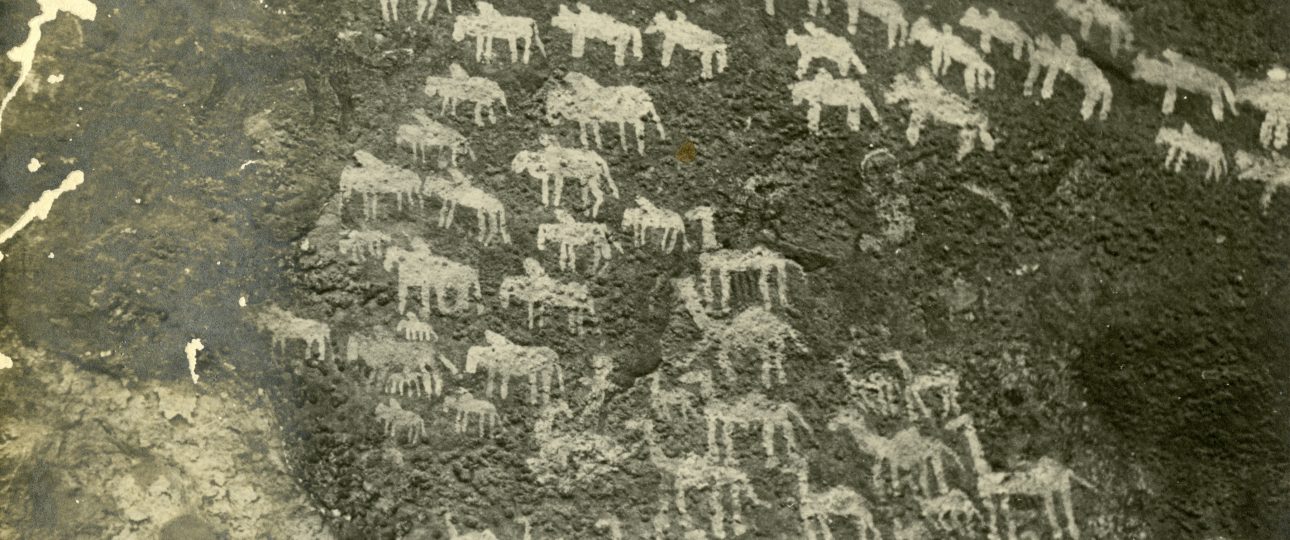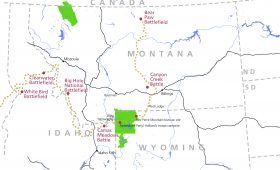Discovering Qohaito, Eritrea
History of Qohaito
Qohaito is a site of historical intrigue, with roots stretching back to the fifth millennium BC. This ancient settlement is often identified as Koloe, a town mentioned in the Periplus of the Erythraean Sea, a Greco-Roman document from the first century AD. Qohaito thrived as a key stop on the trade route between Adulis and Aksum. The area is home to significant archaeological sites, including the pre-Christian Temple of Mariam Wakino and the Sahira Dam, which may predate the Aksumite Empire. The ruins were first identified in 1868, although they were initially misclassified as a “Greek depot.” Nearby, the site of Matara, excavated in the 1960s, offers further insights into the region’s rich past.
Exploring Qohaito’s Landscapes
Qohaito is surrounded by dramatic landscapes, with Mount Emba Soira, Eritrea’s highest peak, nearby. The plateau offers sweeping views of the surrounding valleys and mountains. Hiking enthusiasts will find the trek up Mount Emba Soira rewarding, especially at sunrise or sunset. The region’s natural beauty is complemented by its diverse flora, making it a picturesque destination for photographers and nature lovers.
Wildlife Spotting
While Qohaito is not primarily known for its wildlife, the area does host a variety of bird species, including the vibrant Abyssinian roller and the elusive Eritrean nightjar. Birdwatchers will find the region’s avian diversity intriguing, though it’s worth noting that larger wildlife is not a prominent feature here.
Best Time to Visit
The climate in Qohaito is generally moderate, but the dry season from November to February is ideal for visiting. During these months, the weather is pleasant, with clear skies and comfortable temperatures. If you prefer cooler weather, avoid the hotter summer months.
Getting to Qohaito
Qohaito is located about 150 kilometers southeast of Asmara, Eritrea’s capital. The most straightforward way to reach Qohaito is by flying into Asmara International Airport and then driving through the scenic countryside. Alternatively, buses and shared taxis offer a more immersive travel experience, though they may require more time and patience.
Local Transportation
Once in Qohaito, exploring on foot is feasible due to the compact nature of the area. For longer trips, local buses and taxis are available. It’s wise to negotiate fares beforehand to ensure a fair price.
Where to Stay
Accommodations in Qohaito are modest, with guesthouses and budget-friendly options available. These places provide basic comfort and a chance to engage with fellow travelers. While luxury is not on offer, the hospitality is warm, and staying here allows for a deeper connection with the local culture.
Local Cuisine
Sampling the local cuisine is a must. Qohaito offers traditional Eritrean dishes, with injera—a sourdough flatbread—being a staple. It’s typically served with a variety of stews and curries. Pair your meal with a cup of traditional Eritrean coffee for an authentic taste of the region.
Qohaito offers a unique blend of history, culture, and natural beauty. While it may not have the amenities of more developed tourist destinations, its rich past and stunning landscapes make it a worthwhile stop for the adventurous traveler.




